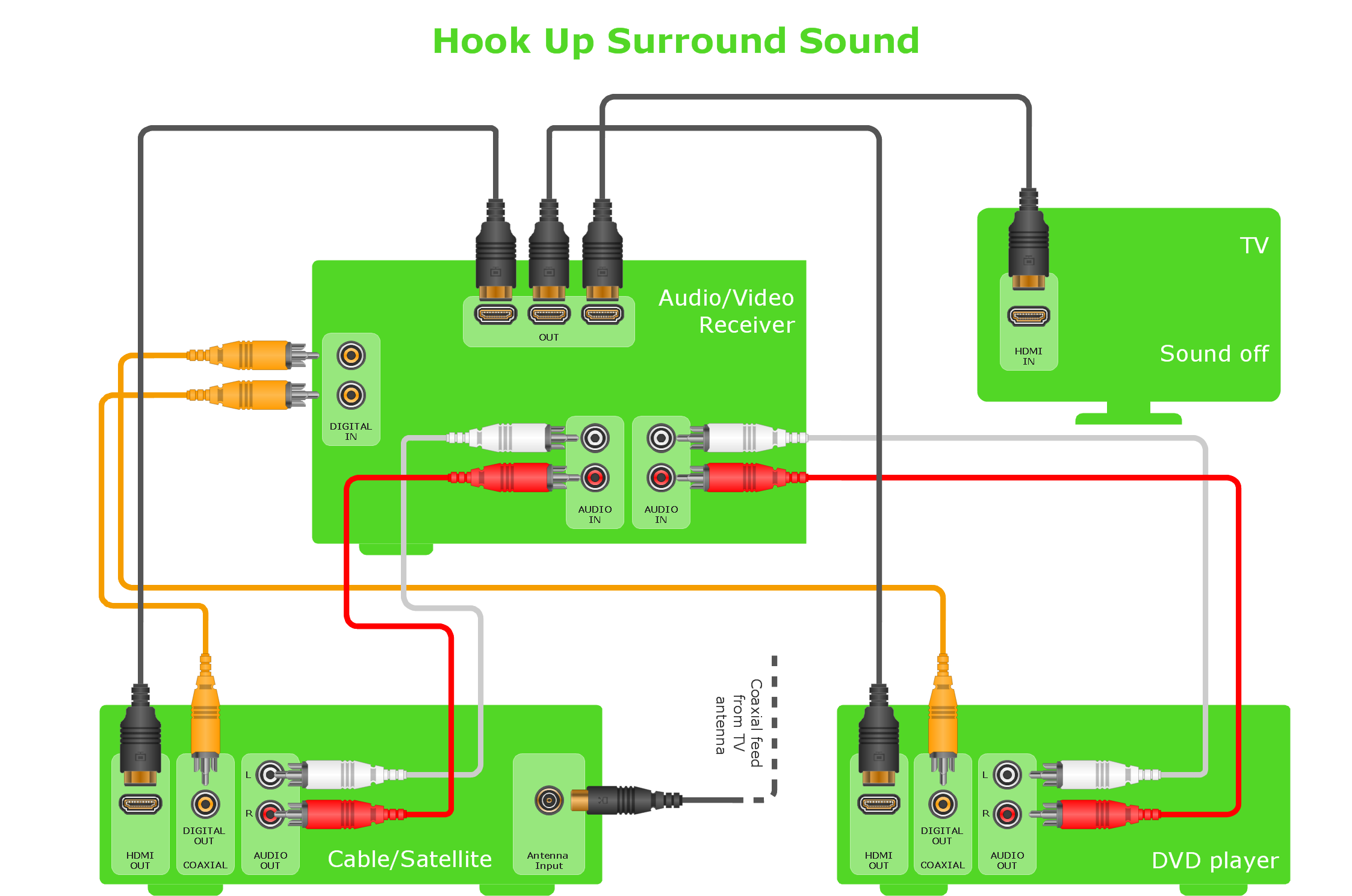Optimal Tactics for Positioning Surveillance Cameras to Improve Surveillance Effectiveness
Optimal Tactics for Positioning Surveillance Cameras to Improve Surveillance Effectiveness
Blog Article

Positioning security cameras efficiently remains essential for improving monitoring in various settings, such as homes, commercial properties, and community areas. The primary goal of surveillance cameras remains to deter criminal activity and provide proof in case of events. To achieve this, it becomes essential to consider various factors, such as camera location, field of view, as well as the particular areas that require oversight. By understanding these factors, individuals as well as entities can create a thorough surveillance plan that maximizes the effectiveness of their security systems.
One of the initial steps in placing security systems is to determine key locations that need surveillance. Vulnerable areas, including entrances, exit points, vehicle lots, as well as areas with high-value assets, must be prioritized. It is crucial to take into account blind spots, that are locations that may not be seen from certain perspectives. By mapping out these key locations, surveillance personnel can ensure that every nook is observed, reducing the chances of illegal activity going unnoticed. Additionally, installing surveillance systems at strategic points can help create a comprehensive view of the property, allowing for better total surveillance monitoring.
The field of a surveillance camera remains another crucial factor to take into account. Different kinds of surveillance systems offer different ranges of view, that can affect how much space gets recorded in the video. For example, broad-view cameras can monitor larger spaces, rendering them ideal for open locations, while pan-tilt-zoom systems can be modified to focus on specific features. When positioning surveillance systems, it becomes essential to choose the here right type based on the area being monitored. This guarantees that the system can capture clear footage and provide valuable data in case of an incident.
Height and angle of mounting also have a crucial part in the efficacy of surveillance cameras. Surveillance systems should be mounted at a level that remains out of grasp of possible tampering but still allows for clear viewing of identifying features and additional recognizable features. A common recommendation is install systems at least 8 to 10 ft off the floor. Additionally, the tilt at which the camera is positioned can affect its capability to record important details. Cameras must be angled to reduce reflection and prevent obstructions, guaranteeing that they can capture sharp footage at all times.
In conclusion, routine upkeep and updates to the security system is crucial for long-term effectiveness. This entails checking camera performance, wiping optics, and ensuring that firmware remains current. Regular assessments of the surveillance strategy can help detect any new areas not visible or areas that may need extra coverage. By staying vigilant and implementing necessary adjustments, people as well as entities can improve their monitoring efficacy and guarantee that their surveillance systems continue to fulfill their designated purpose.